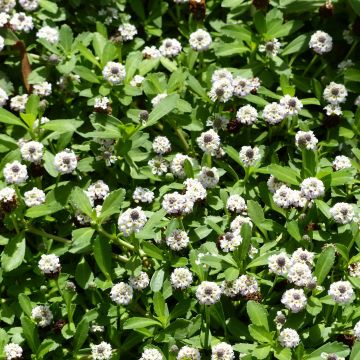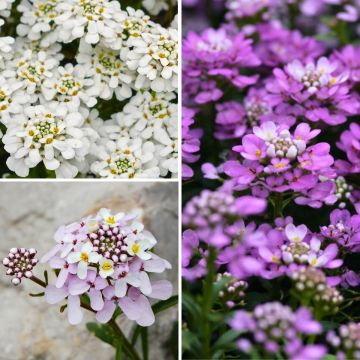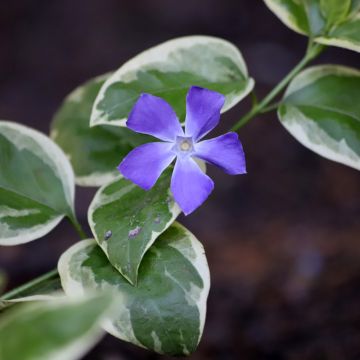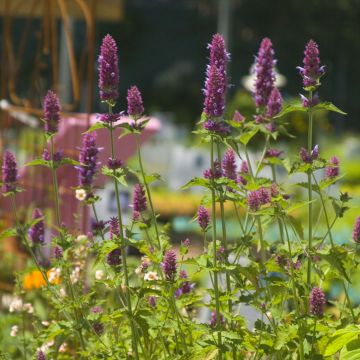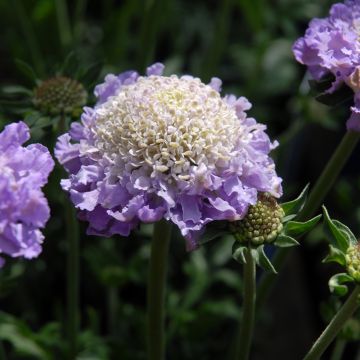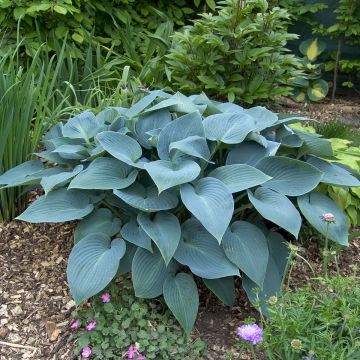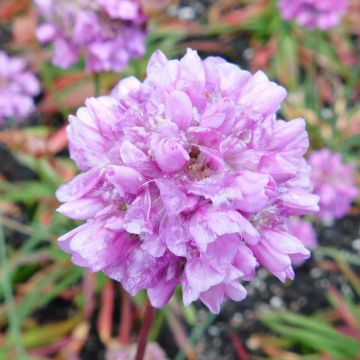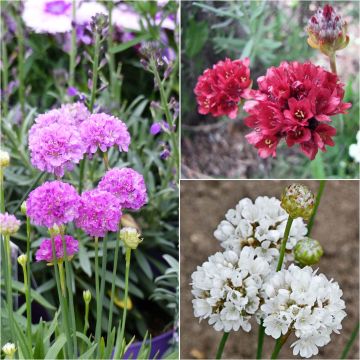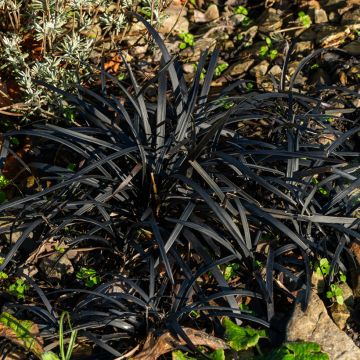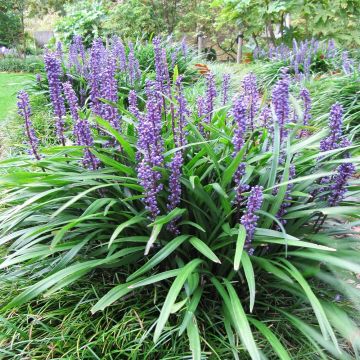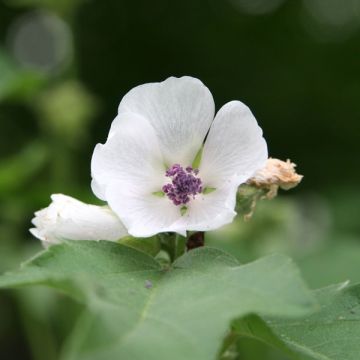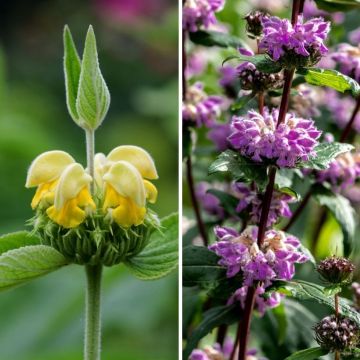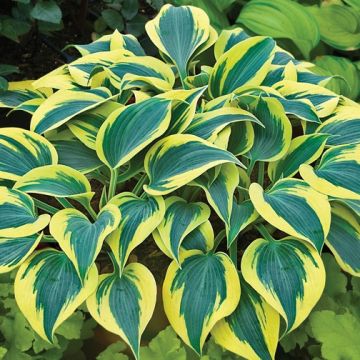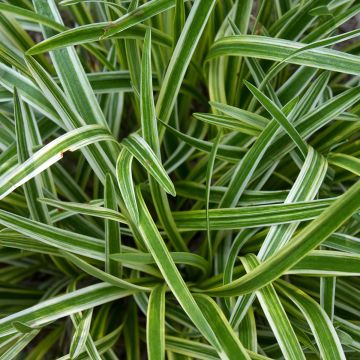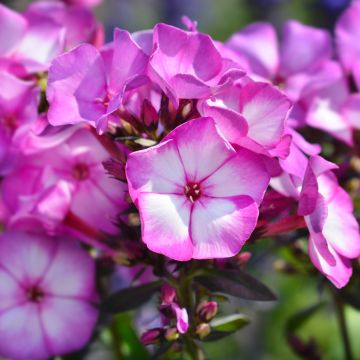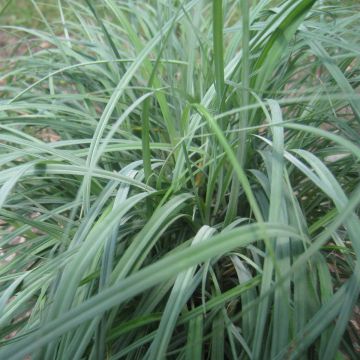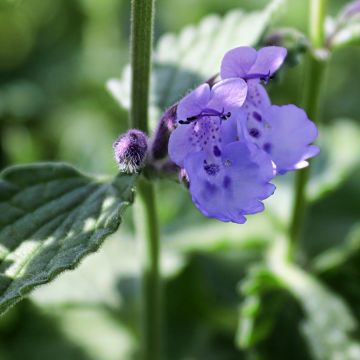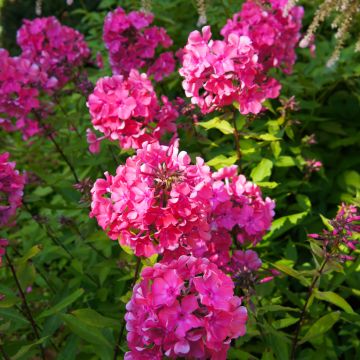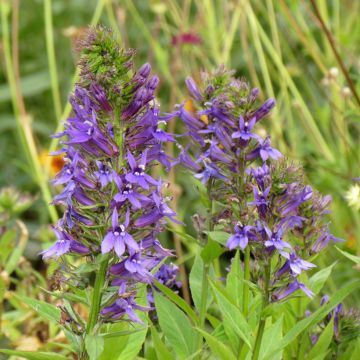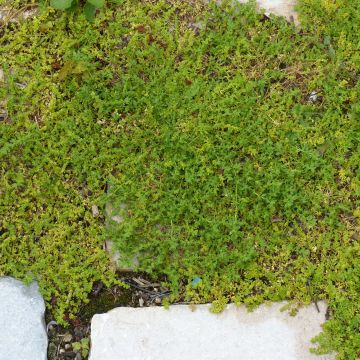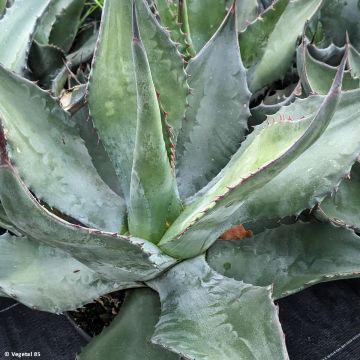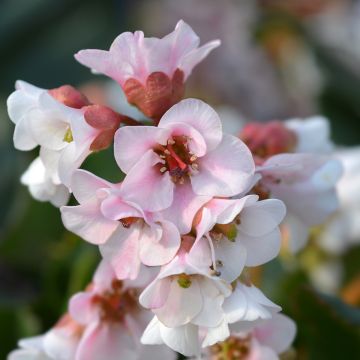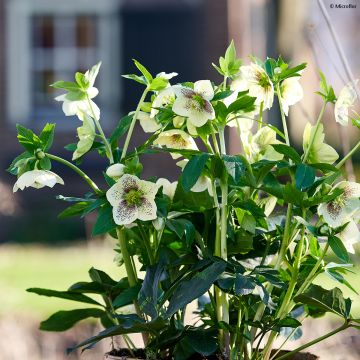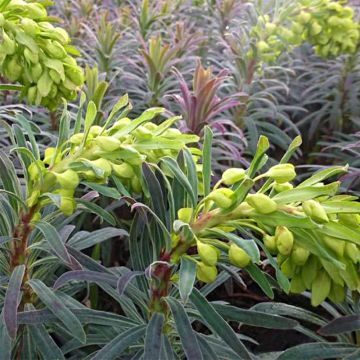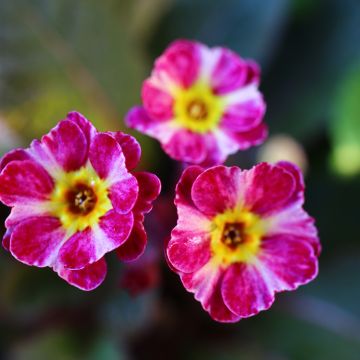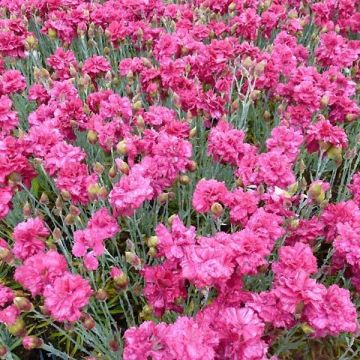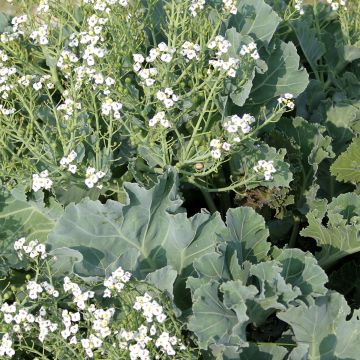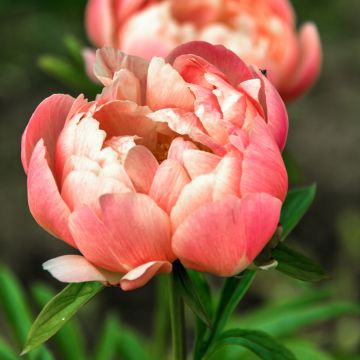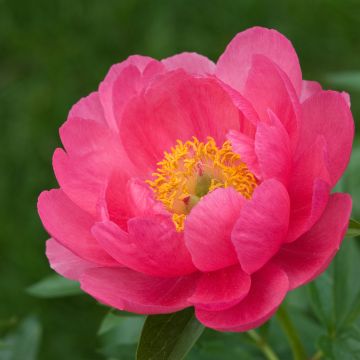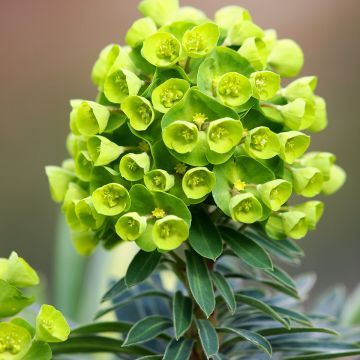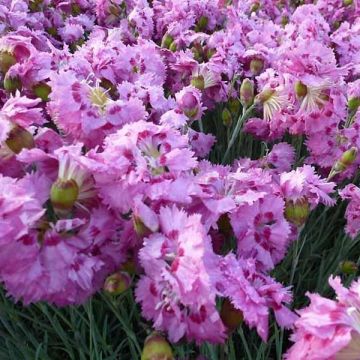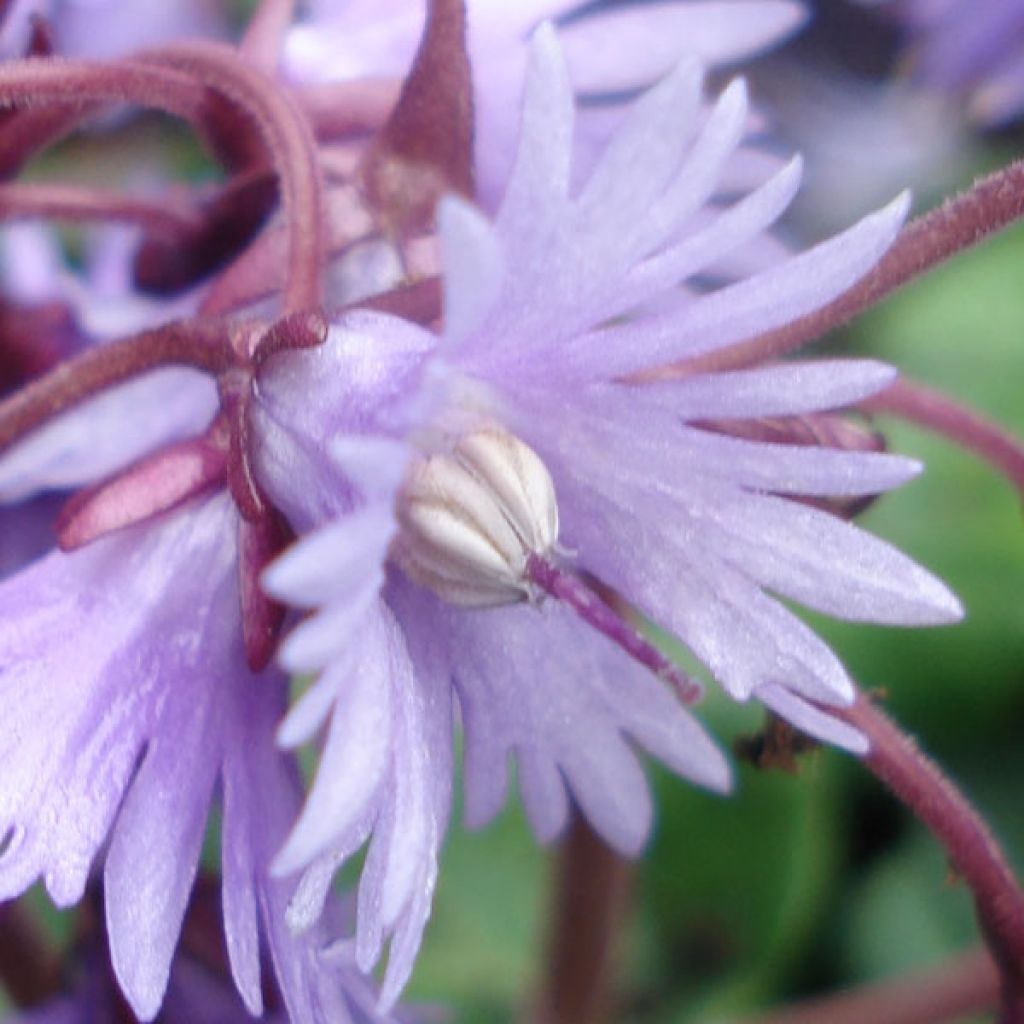

Soldanella Montana
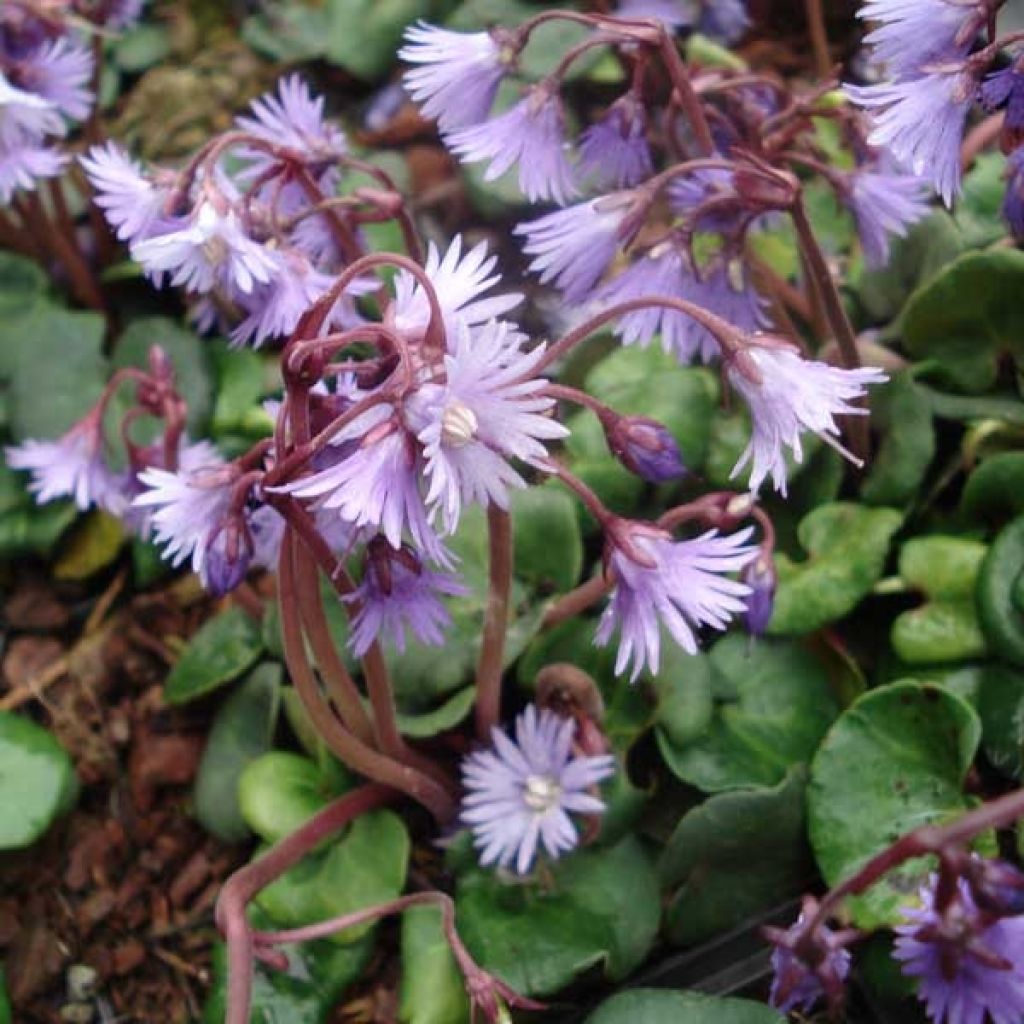

Soldanella Montana
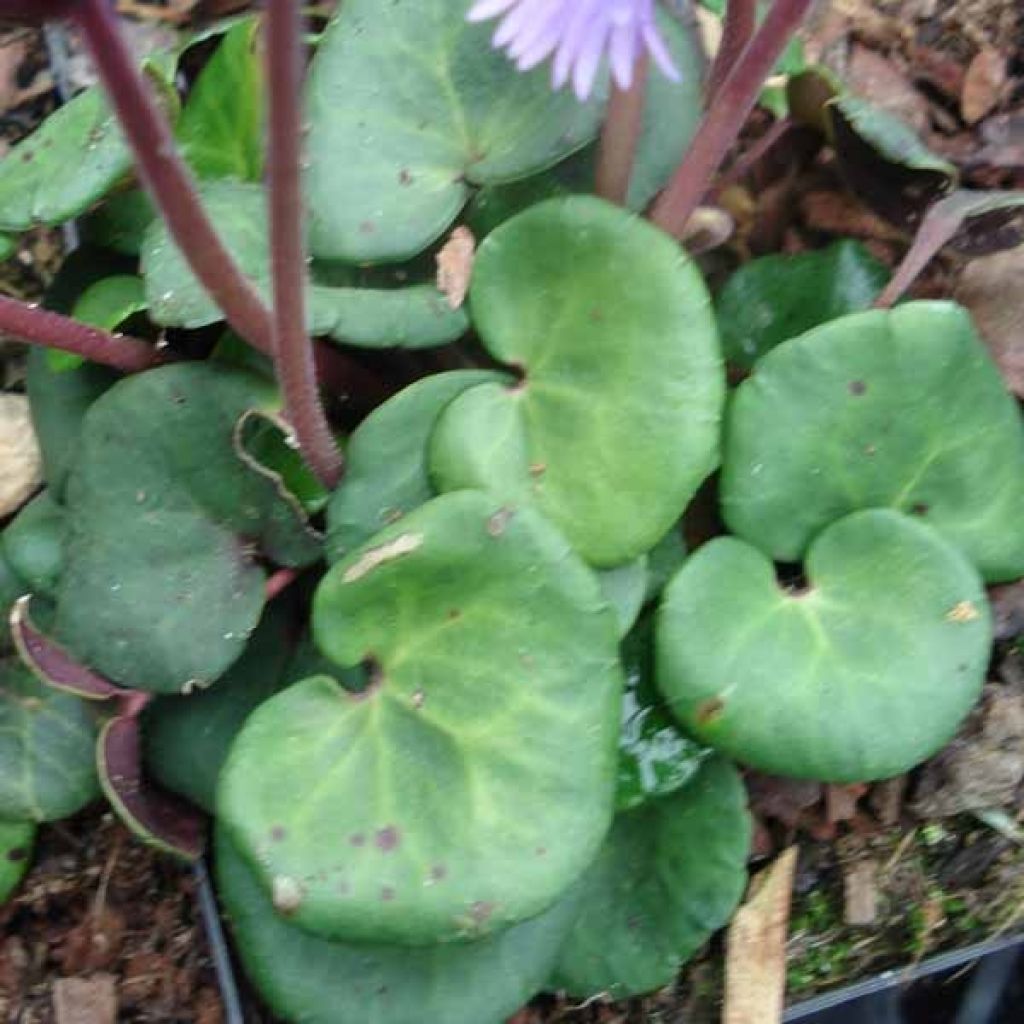

Soldanella Montana
Soldanella villosa
Soldanella villosa
Why not try an alternative variety in stock?
View all →This plant carries a 12 months recovery warranty
More information
We guarantee the quality of our plants for a full growing cycle, and will replace at our expense any plant that fails to recover under normal climatic and planting conditions.
From €5.90 for pickup delivery and €6.90 for home delivery
Express home delivery from €8.90.
Does this plant fit my garden?
Set up your Plantfit profile →
Description
Soldanella montana or Mountain Snowbell is a charming perennial which can be delicate to grow, like many alpine plants. It has charming bright blue-mauve flowers in early spring, enlivening shaded and cool areas. This plant is happy in mountain gardens, where the snowy blanket protects its budding flowers. it is a plant for knowledgeable collectors, easier to grow succesfully in a pot, and overwintered in an alpine greenhouse.
Soldanella montana, recently renamed Soldanella villosa, belongs to the primrose family. This botanical species is native to southern Central Europe in coniferous undergrowth or mid-altitude meadows, in the Alpine and Caucasian ranges (Carpathians and Balkans). It grows naturally on loamy-clayey to peaty, humiferous, neutral to acidic soils, which stay moist in summer. Its crown will withstand cold temperatures very well (-19 °C), but its flower buds form before winter and can be destroyed by severe frosts and constant humidity.
The mountain snowbell is a perennial herbaceous plant that forms a small dome of vegetation and blooms from March onwards. Each floral stem is 20 to 30 cm (8 to 12in) high with three to ten, 1 to 2 cm (0 to 1in) long bell-shaped, lilac flowers facing downwards with cut petals, fused at the base. The leaves of Soldanella montana are 1 to 3 cm (0 to 1in) long, bright green, tinged with violet on the underside and persist through winter. They are finely toothed, round or kidney-shaped and leathery.
As with most alpine plants, the mountain snowbell is relatively easy to grow as long as the correct conditions are met. This mountain plant does not like hot climates, scorching sun, or drying limestone soils. In the ground, it should be grown in humus-rich, peaty, well-drained, moist soil, in a slightly shaded rockery, trough or mountain garden. This snowbell can be grouped with saxifrages, Lewisia, alpine gentian, Leontopodium alpinum (the Edelweiss) which like the same environments.
Report an error about the product description
Soldanella villosa in pictures
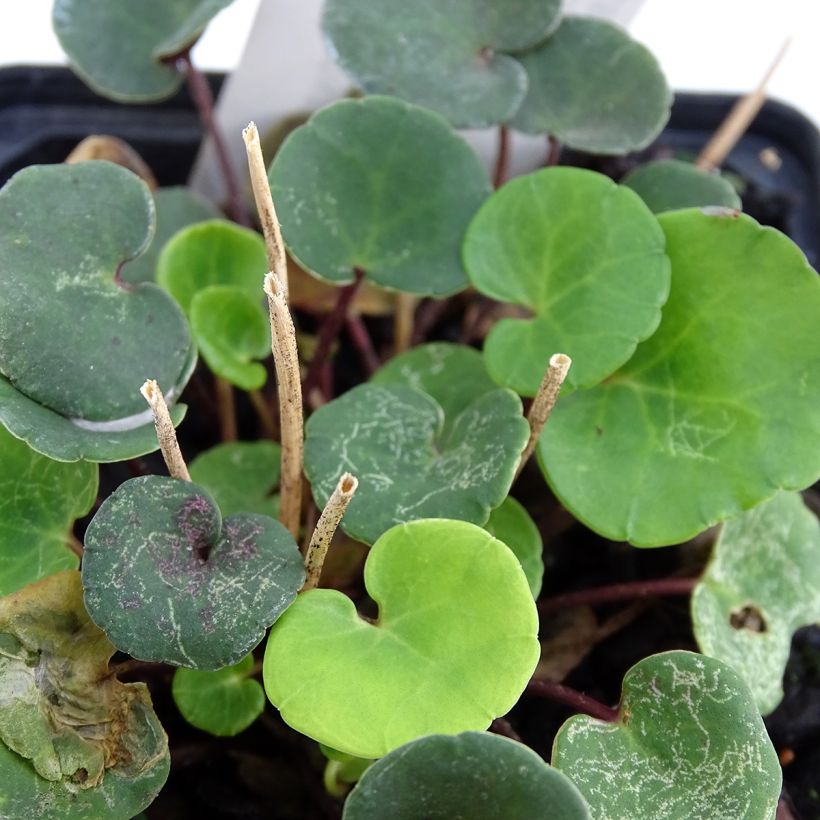

Flowering
Foliage
Plant habit
Botanical data
Soldanella
villosa
Primulaceae
Alps
Other Perennials A to Z
Planting and care
Place Soldanella montana in the morning sun or partial shade. This alpine plant grows in well-drained, acidic to neutral soil, rich in humus and organic matter that never dries out. Cover the soil with gravel and protect the plant from winter moisture and excessive frost. In its native habitat, the snow cover protects the crown and the flower buds that are waiting to bloom in spring. Beware of slugs and snails that will eat the leaves.
Planting period
Intended location
Care
-
, onOrder confirmed
Reply from on Promesse de fleurs
Spring flowering perennials
Haven't found what you were looking for?
Hardiness is the lowest winter temperature a plant can endure without suffering serious damage or even dying. However, hardiness is affected by location (a sheltered area, such as a patio), protection (winter cover) and soil type (hardiness is improved by well-drained soil).

Photo Sharing Terms & Conditions
In order to encourage gardeners to interact and share their experiences, Promesse de fleurs offers various media enabling content to be uploaded onto its Site - in particular via the ‘Photo sharing’ module.
The User agrees to refrain from:
- Posting any content that is illegal, prejudicial, insulting, racist, inciteful to hatred, revisionist, contrary to public decency, that infringes on privacy or on the privacy rights of third parties, in particular the publicity rights of persons and goods, intellectual property rights, or the right to privacy.
- Submitting content on behalf of a third party;
- Impersonate the identity of a third party and/or publish any personal information about a third party;
In general, the User undertakes to refrain from any unethical behaviour.
All Content (in particular text, comments, files, images, photos, videos, creative works, etc.), which may be subject to property or intellectual property rights, image or other private rights, shall remain the property of the User, subject to the limited rights granted by the terms of the licence granted by Promesse de fleurs as stated below. Users are at liberty to publish or not to publish such Content on the Site, notably via the ‘Photo Sharing’ facility, and accept that this Content shall be made public and freely accessible, notably on the Internet.
Users further acknowledge, undertake to have ,and guarantee that they hold all necessary rights and permissions to publish such material on the Site, in particular with regard to the legislation in force pertaining to any privacy, property, intellectual property, image, or contractual rights, or rights of any other nature. By publishing such Content on the Site, Users acknowledge accepting full liability as publishers of the Content within the meaning of the law, and grant Promesse de fleurs, free of charge, an inclusive, worldwide licence for the said Content for the entire duration of its publication, including all reproduction, representation, up/downloading, displaying, performing, transmission, and storage rights.
Users also grant permission for their name to be linked to the Content and accept that this link may not always be made available.
By engaging in posting material, Users consent to their Content becoming automatically accessible on the Internet, in particular on other sites and/or blogs and/or web pages of the Promesse de fleurs site, including in particular social pages and the Promesse de fleurs catalogue.
Users may secure the removal of entrusted content free of charge by issuing a simple request via our contact form.
The flowering period indicated on our website applies to countries and regions located in USDA zone 8 (France, the United Kingdom, Ireland, the Netherlands, etc.)
It will vary according to where you live:
- In zones 9 to 10 (Italy, Spain, Greece, etc.), flowering will occur about 2 to 4 weeks earlier.
- In zones 6 to 7 (Germany, Poland, Slovenia, and lower mountainous regions), flowering will be delayed by 2 to 3 weeks.
- In zone 5 (Central Europe, Scandinavia), blooming will be delayed by 3 to 5 weeks.
In temperate climates, pruning of spring-flowering shrubs (forsythia, spireas, etc.) should be done just after flowering.
Pruning of summer-flowering shrubs (Indian Lilac, Perovskia, etc.) can be done in winter or spring.
In cold regions as well as with frost-sensitive plants, avoid pruning too early when severe frosts may still occur.
The planting period indicated on our website applies to countries and regions located in USDA zone 8 (France, United Kingdom, Ireland, Netherlands).
It will vary according to where you live:
- In Mediterranean zones (Marseille, Madrid, Milan, etc.), autumn and winter are the best planting periods.
- In continental zones (Strasbourg, Munich, Vienna, etc.), delay planting by 2 to 3 weeks in spring and bring it forward by 2 to 4 weeks in autumn.
- In mountainous regions (the Alps, Pyrenees, Carpathians, etc.), it is best to plant in late spring (May-June) or late summer (August-September).
The harvesting period indicated on our website applies to countries and regions in USDA zone 8 (France, England, Ireland, the Netherlands).
In colder areas (Scandinavia, Poland, Austria...) fruit and vegetable harvests are likely to be delayed by 3-4 weeks.
In warmer areas (Italy, Spain, Greece, etc.), harvesting will probably take place earlier, depending on weather conditions.
The sowing periods indicated on our website apply to countries and regions within USDA Zone 8 (France, UK, Ireland, Netherlands).
In colder areas (Scandinavia, Poland, Austria...), delay any outdoor sowing by 3-4 weeks, or sow under glass.
In warmer climes (Italy, Spain, Greece, etc.), bring outdoor sowing forward by a few weeks.

































